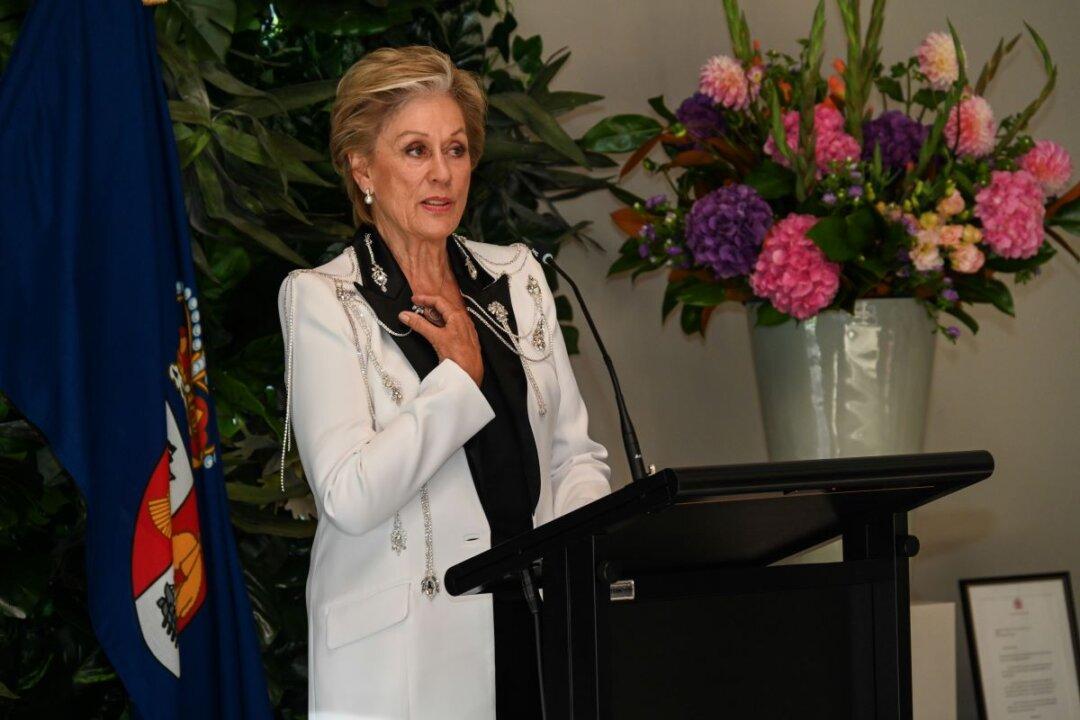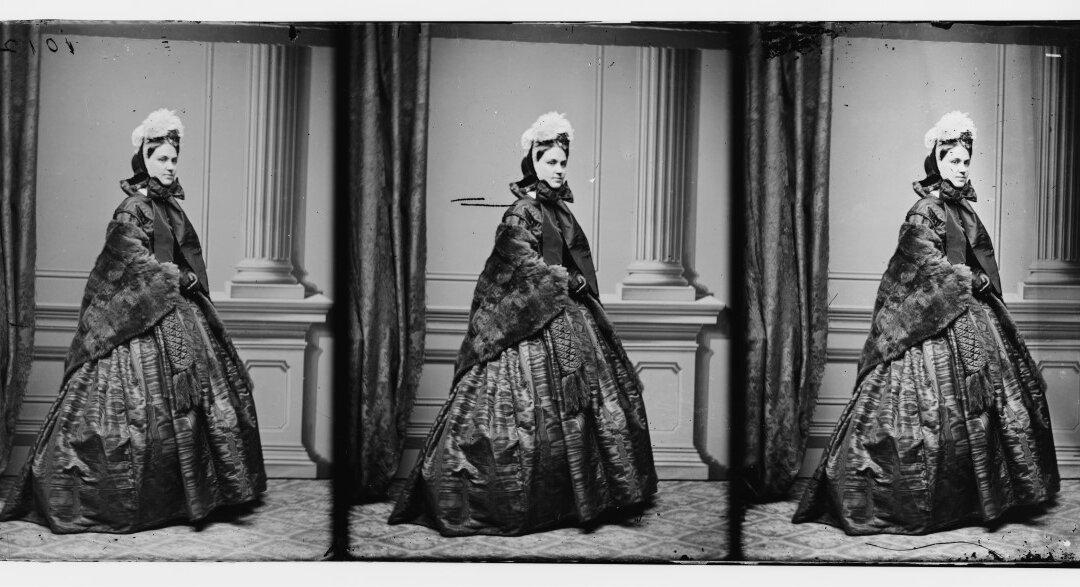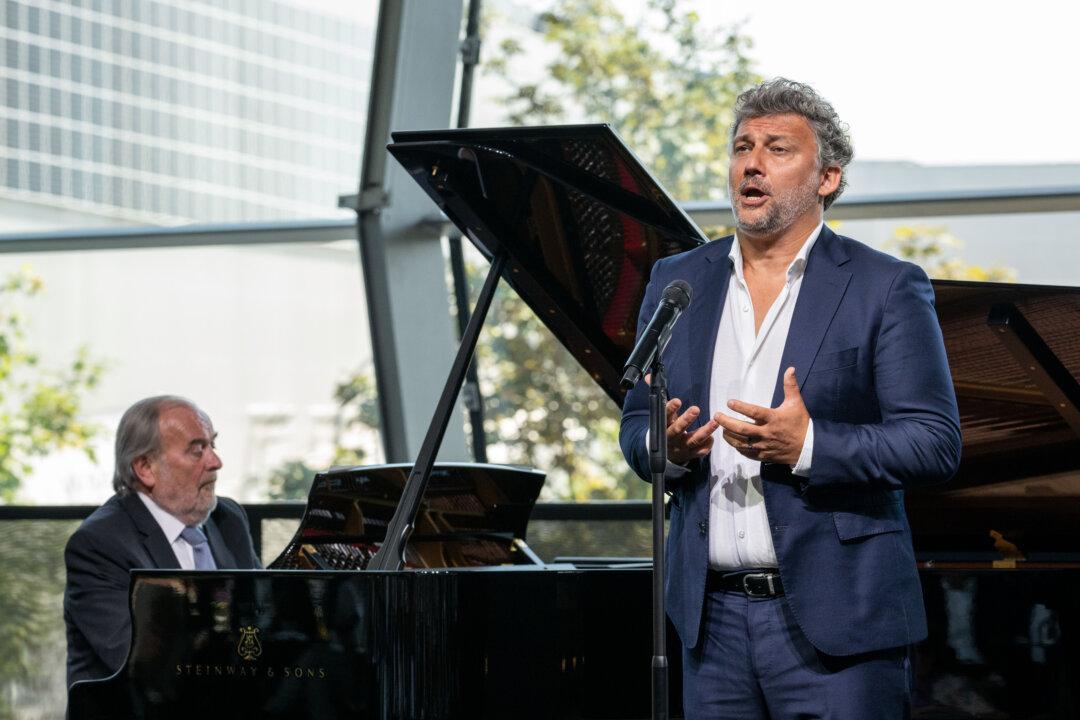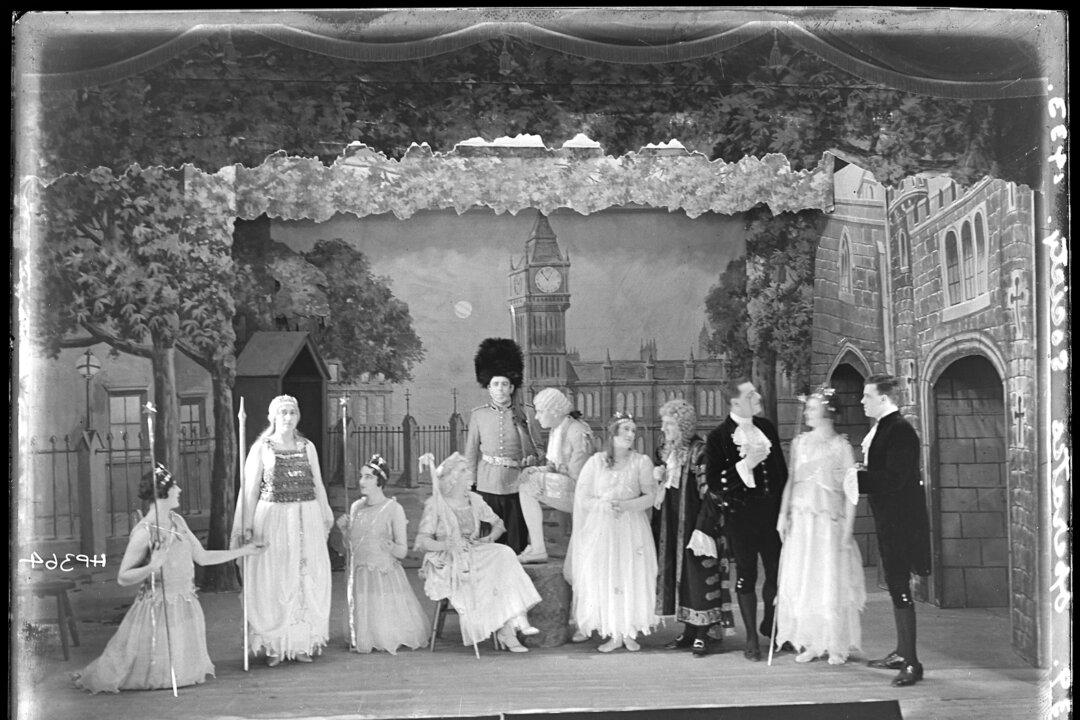On an early June day in 1944, a lady asked Nell Te Kanawa in Gisborne, North Island, New Zealand, “Would you like a little baby?” The lady stood on Nell’s doorstep holding a 5-week old baby girl. Nell declined that day, but when the lady returned with the same baby three months later, she felt it was meant to be and agreed. The baby, who had a Maori father and Irish mother, ended up being adopted by a couple of the same heritage. They named her Kiri.
Decades later, more than 600 million people heard lyric soprano Kiri Te Kanawa sing the George Frideric Handel aria “Let the Bright Seraphim” at the 1981 globally televised wedding of Prince Charles and Lady Diana Spencer. Te Kanawa was honored as a Dame Commander of the Order of the British Empire a year later.





